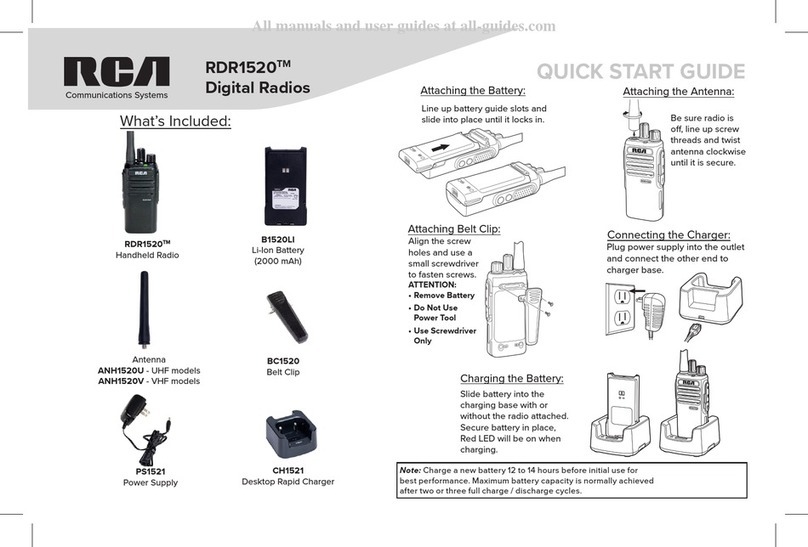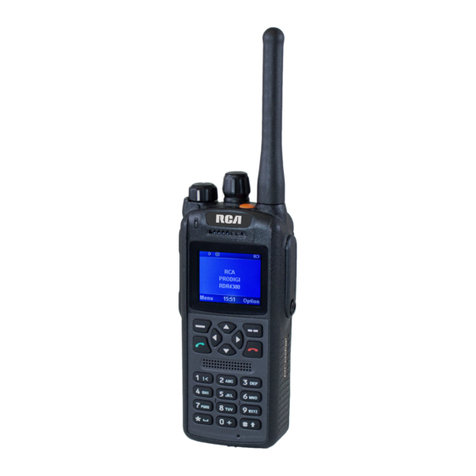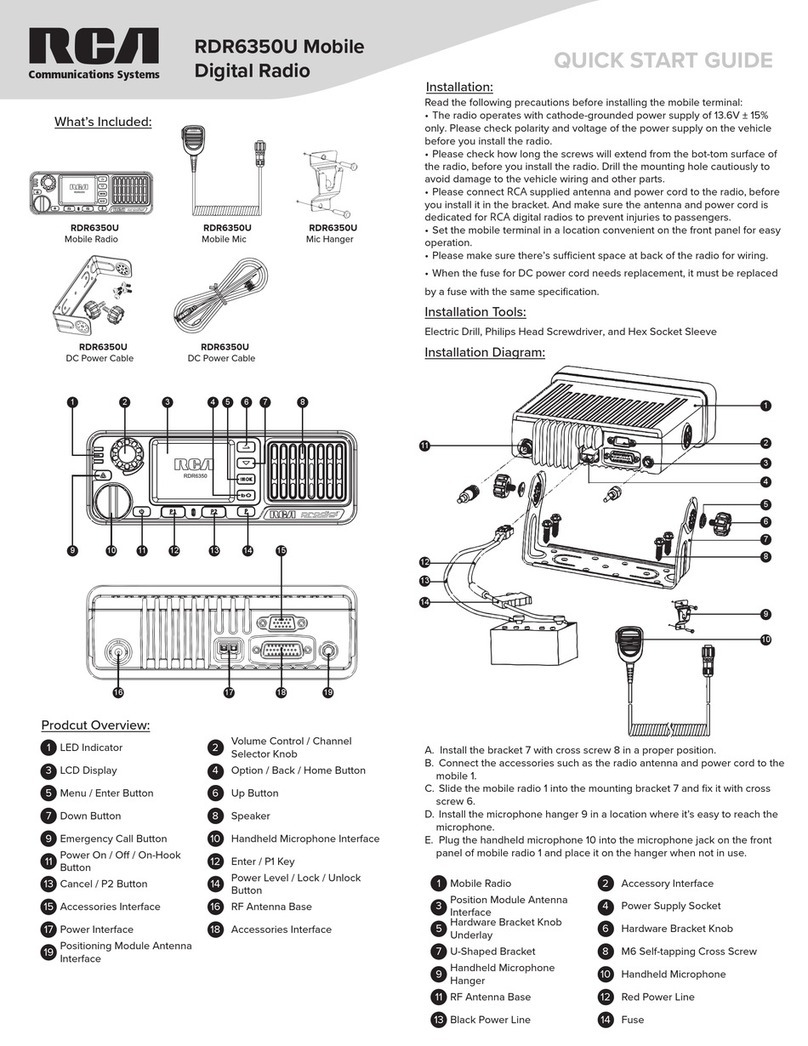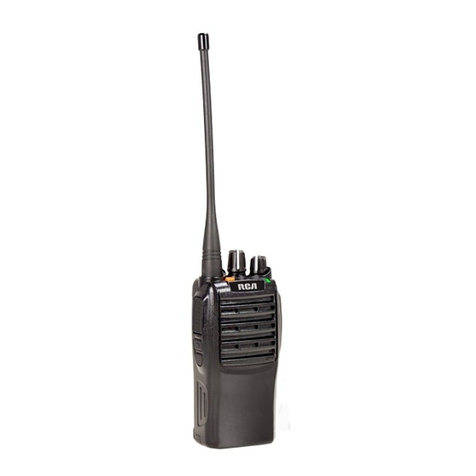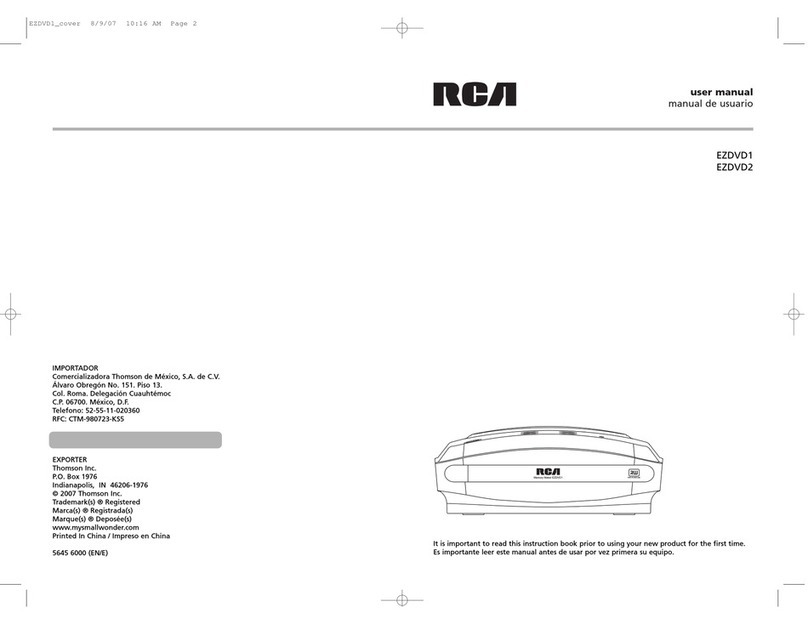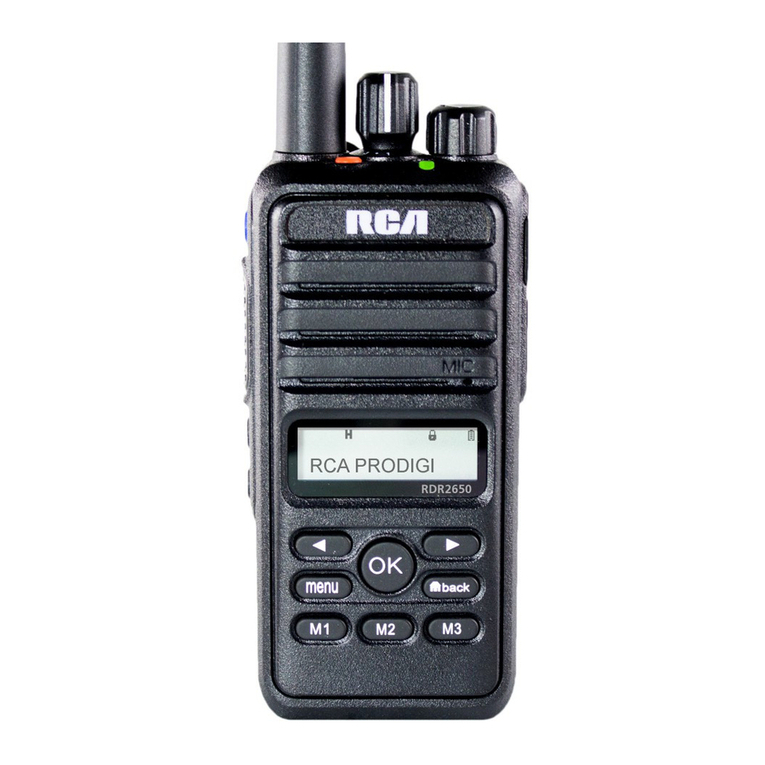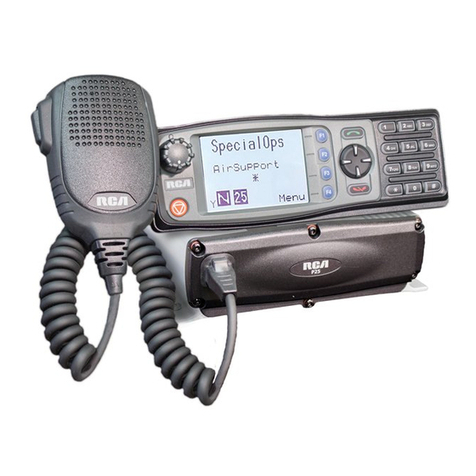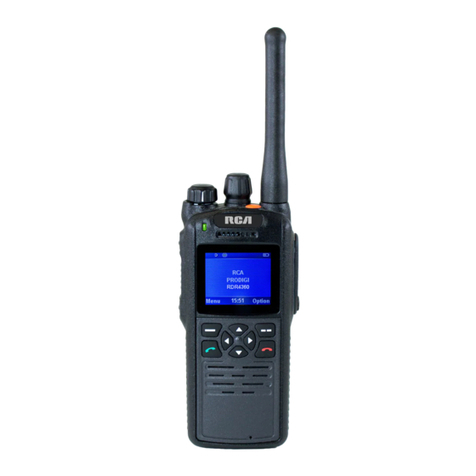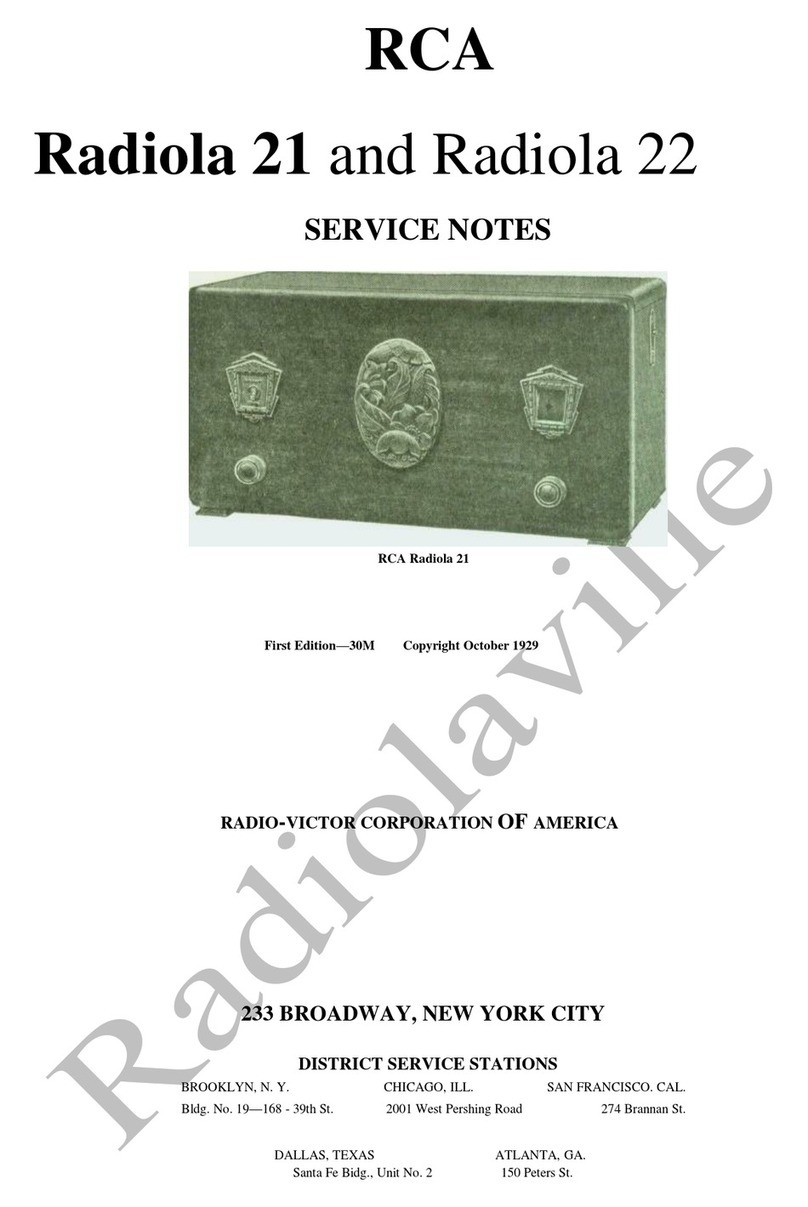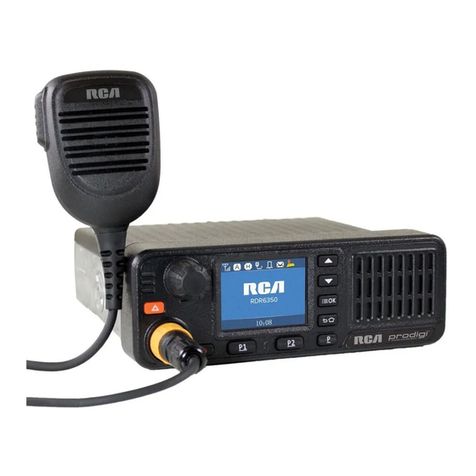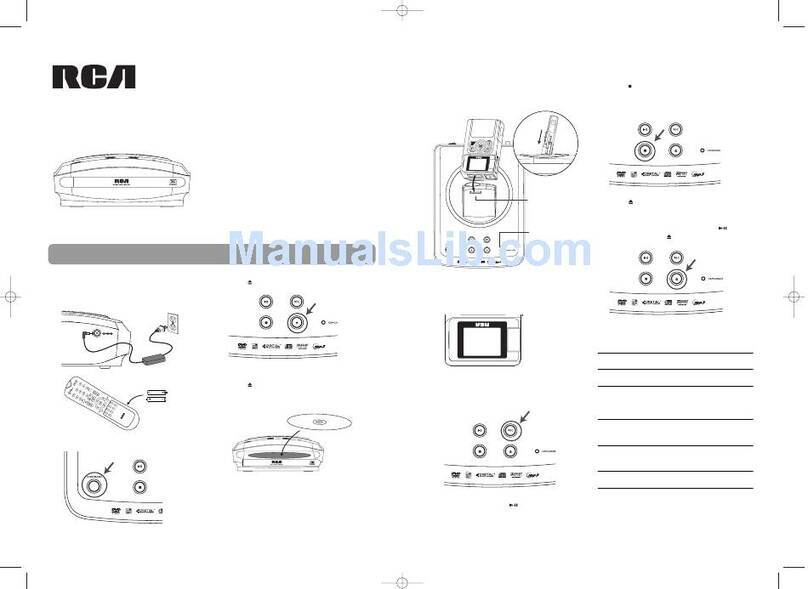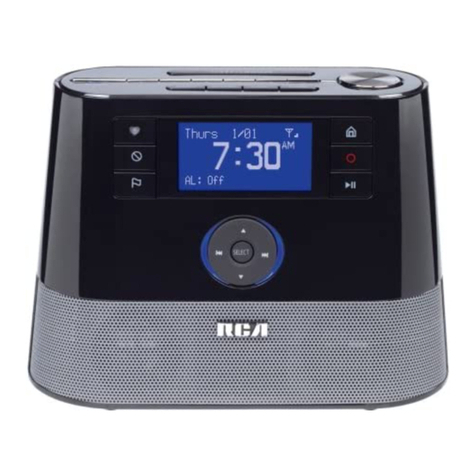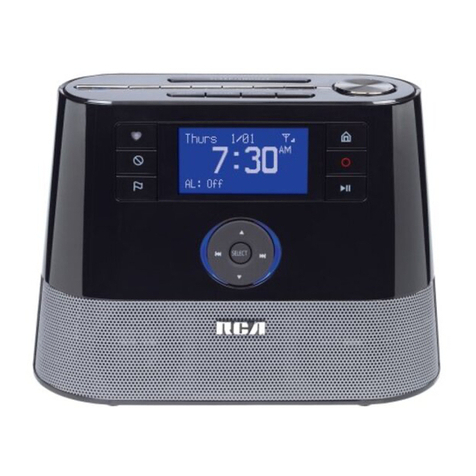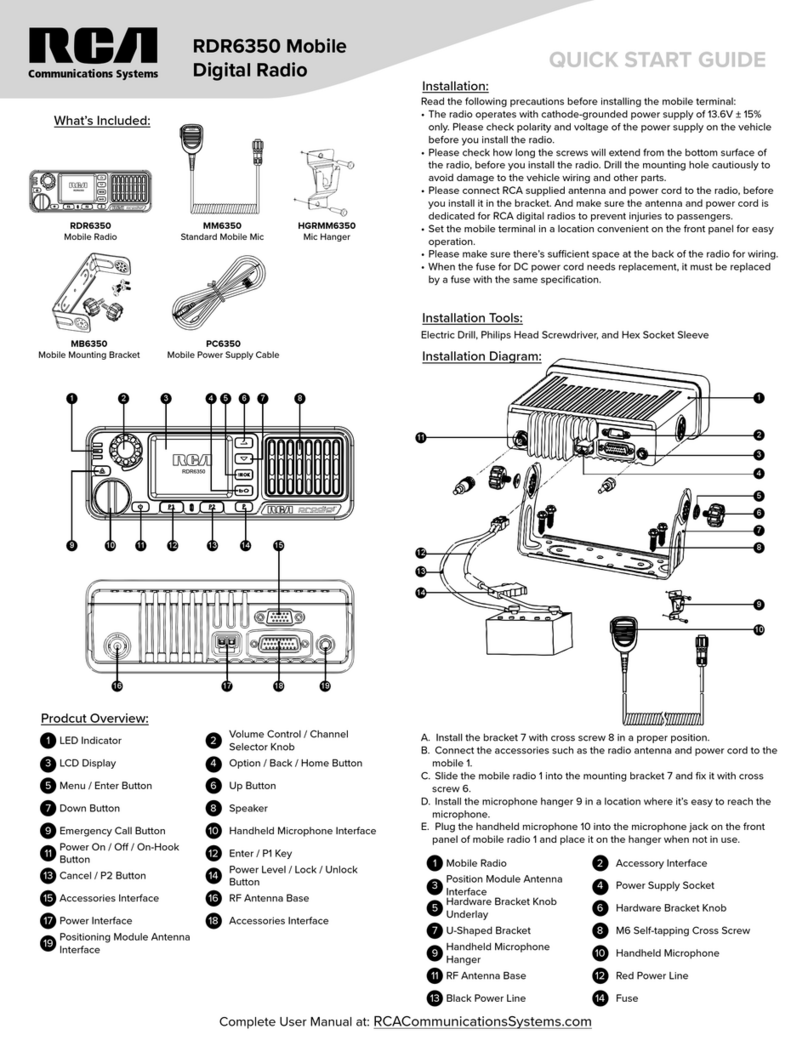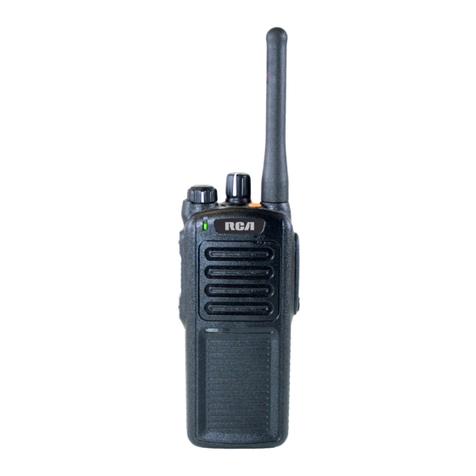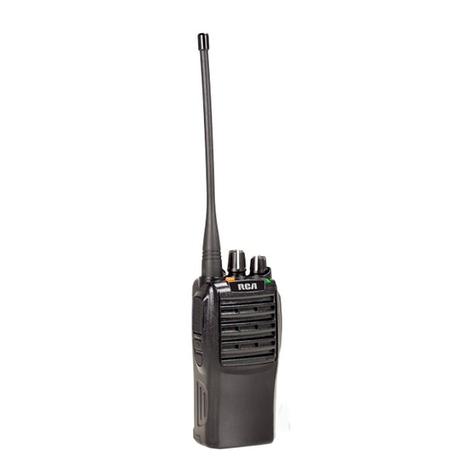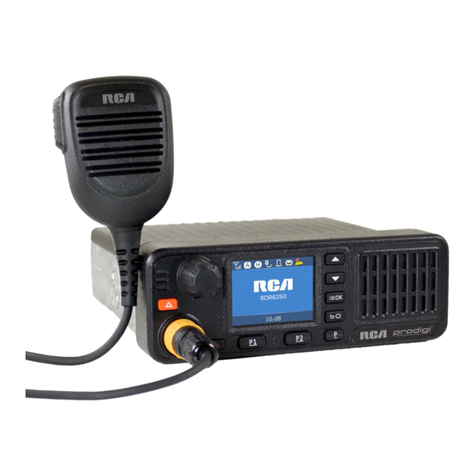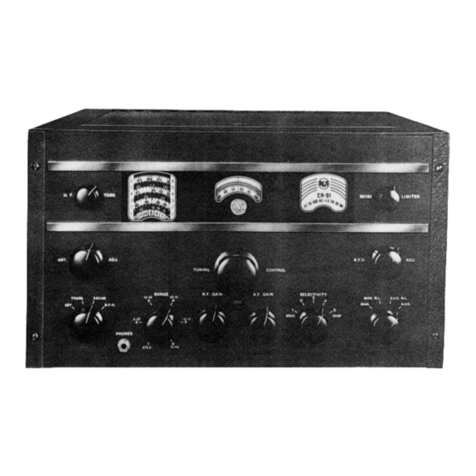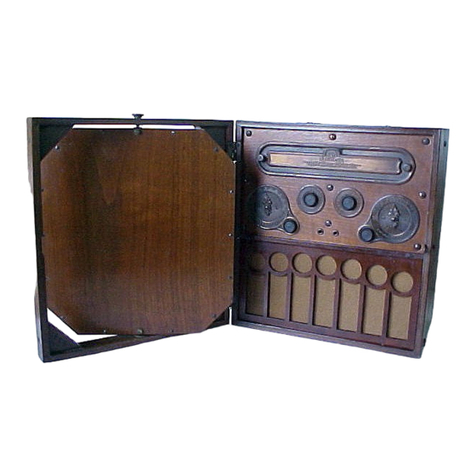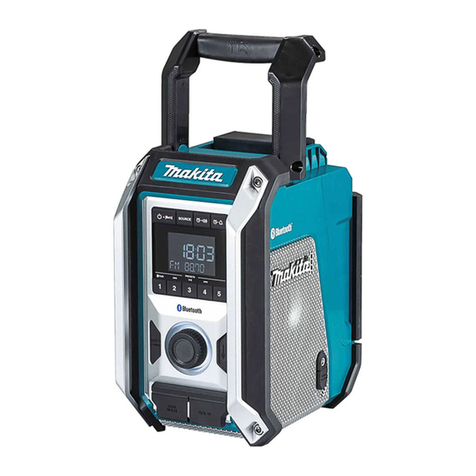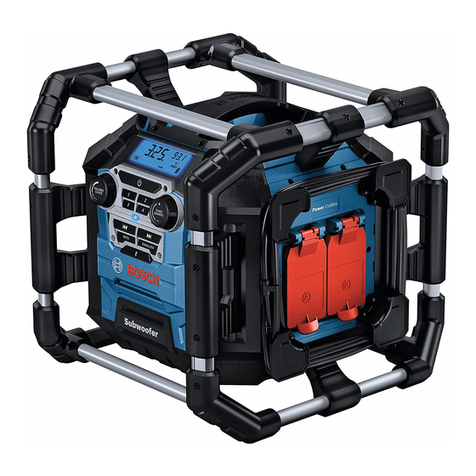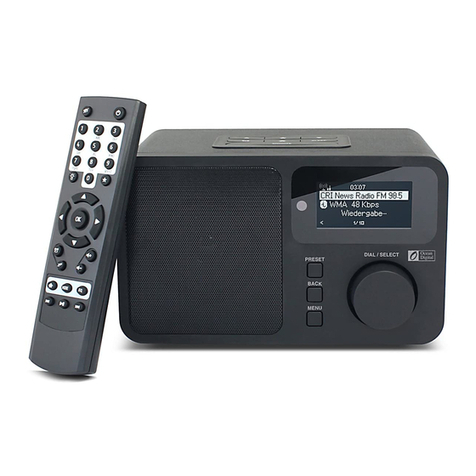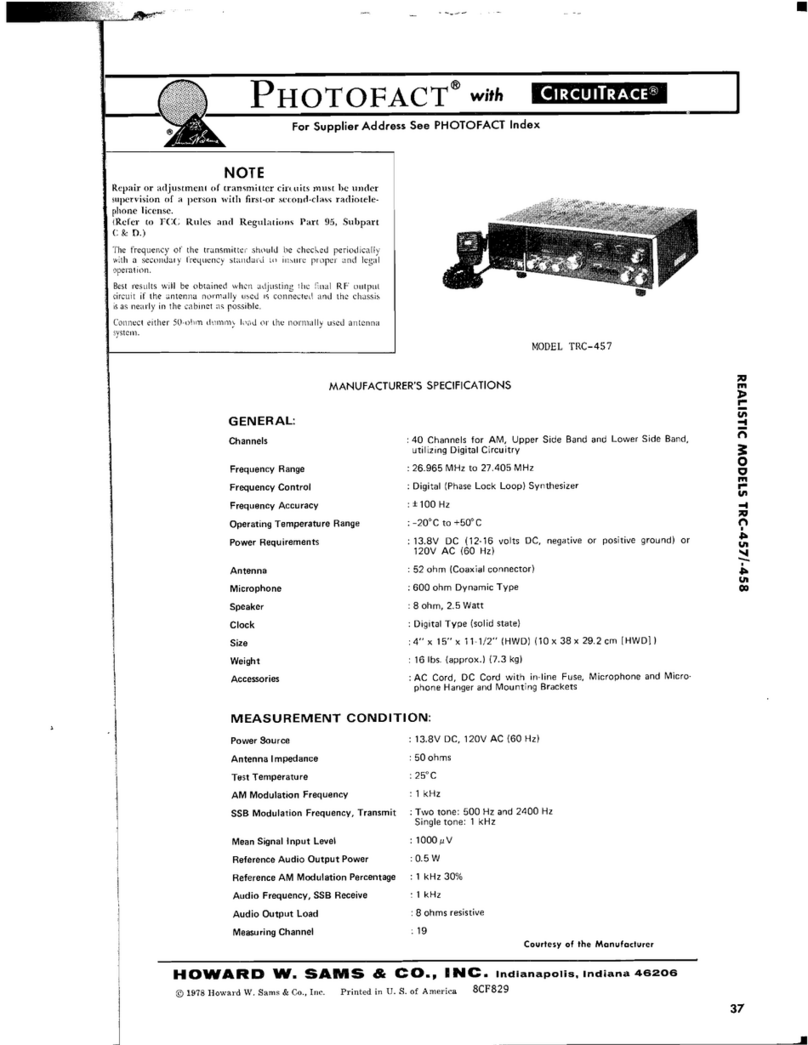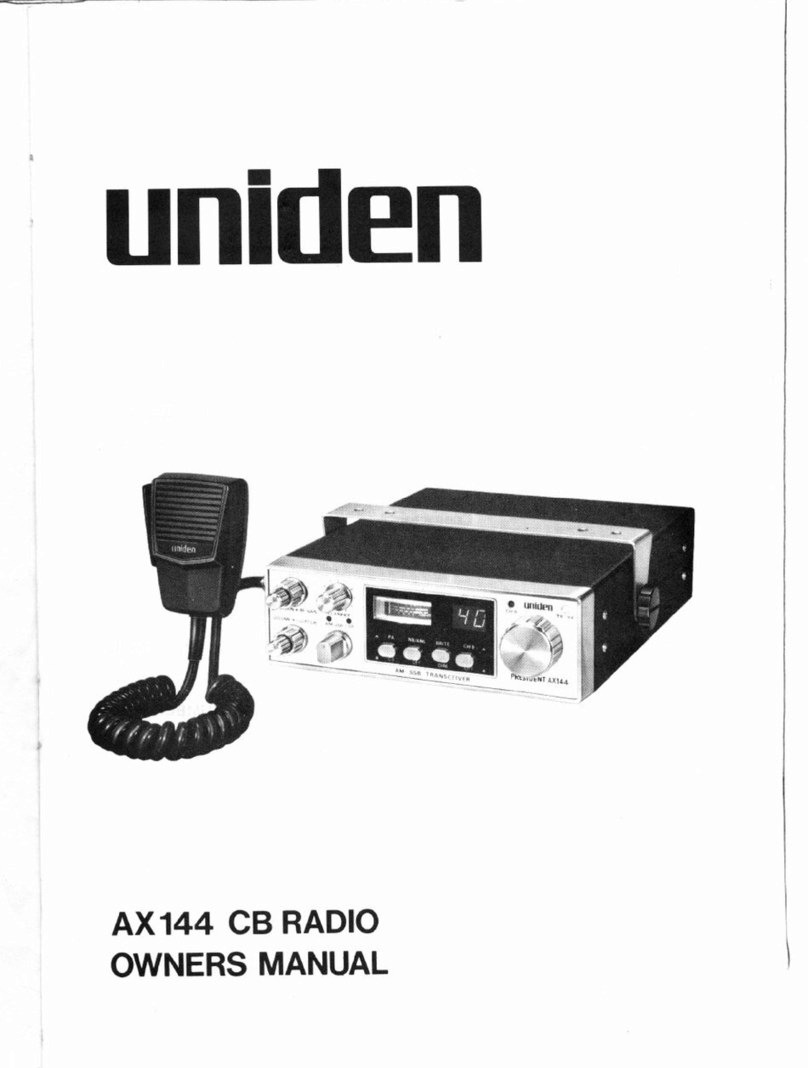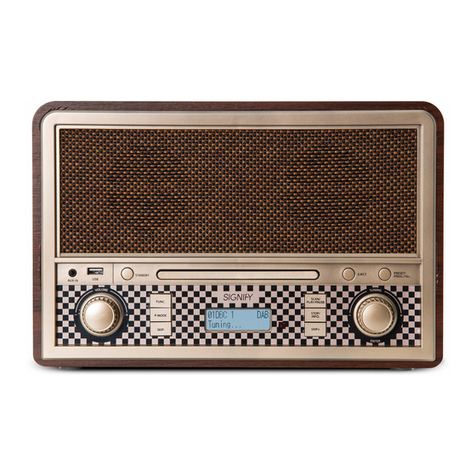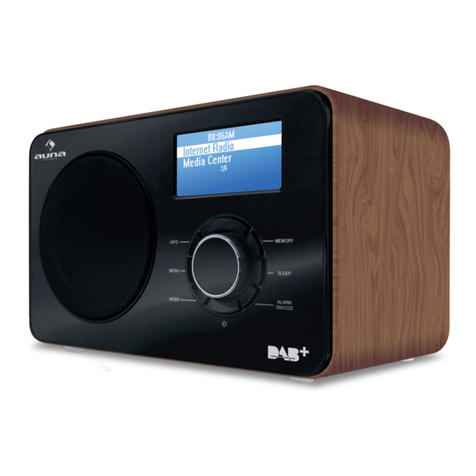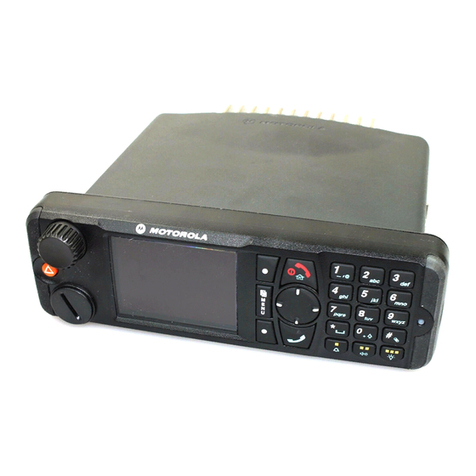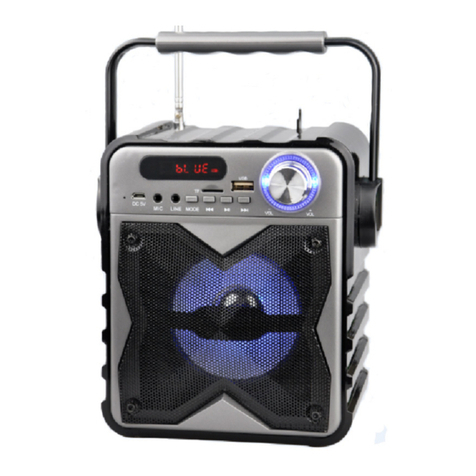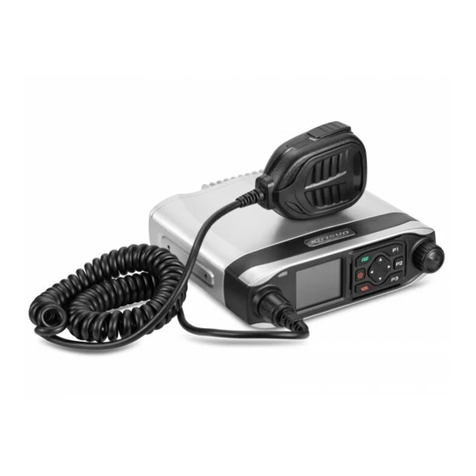Intermediate Frequency Crystal Filter-
The
first
detector plate circuit is tuned
to
the intermediate fre,
quency and a balanced link circuit
is
used
to
couple
the
first detector plate and first I,P grid circuits. A
4H
kc crystal
is
connected
in,
one
arm
of
the
link cir'
cuit and a neutralizing capacitor is connected in the
other.
The
impedances of the coils in the link circuit
.are designed so
that
the crystal selectivity character-
istic
is
not impractically sharp. The band width
at
two
times resonant input may be adjusted to 400 cycles,
1.100 cycles,
or
3,000 .cycles. Por this adjustment see
"Operation." .
Intermediate Frequency
Amplifi,1!r
-Three stages
of
I·P amplification are used; RCA,6SG7 tubes are
used in all stages and an
RCA6H6
tube is used
fof
AVC
and second detector. The first I,P Transformer
has its primary and secondary tuned, and
is
coupled
through the crystal filter link. The second and third
I·P
Transformers are
compOSE;d
of four tuned circuits
each. These circuits are varied in coupling by
the
selectivity
Switch.
The
fourth I·P Transformer has
t
two
tuned circuits.
•
The
third I·P stage
is
not connected
to
the
AVC
.~
nor
to
the manual volume control so
that
a good
AVC
.'characteristic with little overload distortion is ob-
tained. This also permits the
CW
oscillator
to
be
coupled to
the
grid circuit of this stage, giving a com'
paratively highde,tector excitation voltage with small
electrical coupling
to
the oscillator circuit.
Second
H~erodyne
Oscillator -
The
second het·
erodyne
(CW)
oscillator is a triode
RCA-6];
tube
which is electrostatically coupled to the finall-P stage.
.(\ pant;l control
is
provided by means'of which
the
frequency of'the heterodyne oscillator and resultant
audio beat n&e may be varied.
Par:t1cular care has been taken in the design
of
the
circuit constants to minimize oscillator harmonics.
Automatic Volume
Control-
The
AVC
voltage is
obtained from the second detector, an
RCA·6H6
tube.
A variable delay is obtained depending on the setting
of
the R,P gain control.
.'
The
second heterodyne
(CW)
oscillator excitation
voltage
is
just lower than the A
VC
diode bias voltage
so that it does not decrease the sensitivity
of
th(
receiver.
Manual Volume
Control-
Two
manual volum(
controls are provided; an audio gain control which
i~
employed when the
AVC
is
in use, to obtain the de-
sired output level, and
an
R·P gain control.
Noise Limiter -
The
noise limiter circuit utilizes
an RCA·6H6 tube and limits the noise interference te,
100% modulation and
to
continuously lower percent·
ages down to any modulation whatsoever, determined
by the setting of the noise Iimiter control.
A noise limiter switch in conjunction with A
VC
provides for
use
of
the noise limiter on
CWor
on
modulated reception when interference
is
preserit.
*Output Tube -
The
RCA
6K6GT output tube
is
resistance coupled from the A·P amplifier, an
RCA·
6S}7
tube, and operates into an output transformer
which has taps for matching into a
2.5'
or 600 ohm
load. Terminals are provided on the rear apron for
each of these load impedances.
The
output from the
2.5'
ohm tap
is
fed directly to the
2.5'
ohm output
ter'
minal, while the output from the 600 ohm tap
is
fed
to
the 600 ohm output terminal through a
two'
position
jack mounted on the panel.
With
the phone plug
in'
serted into the jack in the first position, the phones
are
in
parallel with the 600 ohm output and
both
are
on.
With
the plug pushed in to the second position,
the
600 ohm output is cut off from
the
rear terminals.
Power Pack -
The
power pack mounted on
the
receiver chassis consists of a power transformer, rec'
tifier tube RCA·5'Y3GT, and filter. A tap switch is
provided on the rear apron for changing the power
transformer voltage tap. (See Pigures 3 and 6.)
The
voltage for which the switch
is
set may be read di,
rectly on the switch.
The
instrument may also be
operated from 6V.
"A"
and 250 to
300
V.
"B"
bat'
teries, or Vibrator Power Supply
Unit
MI,8319.
Shielding -Interstage shielding is provided to in-
sure stability under
all
operating conditions
and
to
minimize oscillator radiation. Complete external
shielding prevents coupling to any portion
of
the
cir·
cuit except through the antenna circuit,
V
PERFORMANCE
The
performance data under technical summary
and the data for the various curves, are approximate
values taken on a sample receiver. Variations in these
values are
to
be
expected because
of
practical manu'
facturing
toleran~es.
The
data were taken with an
artificial antenna of 200 mmf. capacity for band 1
and 200 ohms resistance for bands 2 to 6 inclusive.
The output was measured across a resistance
of
2.5'
ohms connected in place of the speaker voice coil.
The selectivity switch was placed in position
2.
•
On
AR·SS receivers with serial numbers below 003000,
the
600 ohm outPUt
is
not provided.
The
speaker terminals on the
rear are for 2.5 ohm load, and a
20
ohm tap
is
provided for phones. With the headphone plug inserted into the jack in
the
first poJition, the phones are
in
parallel with the
2.5
ohm speaker terminals and both are on. With the plug pushed in to the
lecon.d position, the speaker terminals
at~
cut off and the phones are connected to the
20
ohm winding. This winding
8'ive~
luJliclent
output
for phones up
to
2000 ohms impedance.
7
